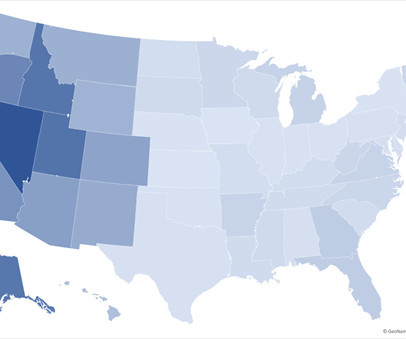A Birder’s Guide to U.S. Federal Public Lands
10,000 Birds
MARCH 5, 2024
BLM land is particularly important for conservation of the Greater Sage-Grouse and other sageland species. NPS also manages a diverse set of lands ( i.e., from the Arctic to the Everglades to the Mojave Desert to the Rocky Mountains ) that are used by many species of birds. Only FWS has the primary goal of conservation.













Let's personalize your content